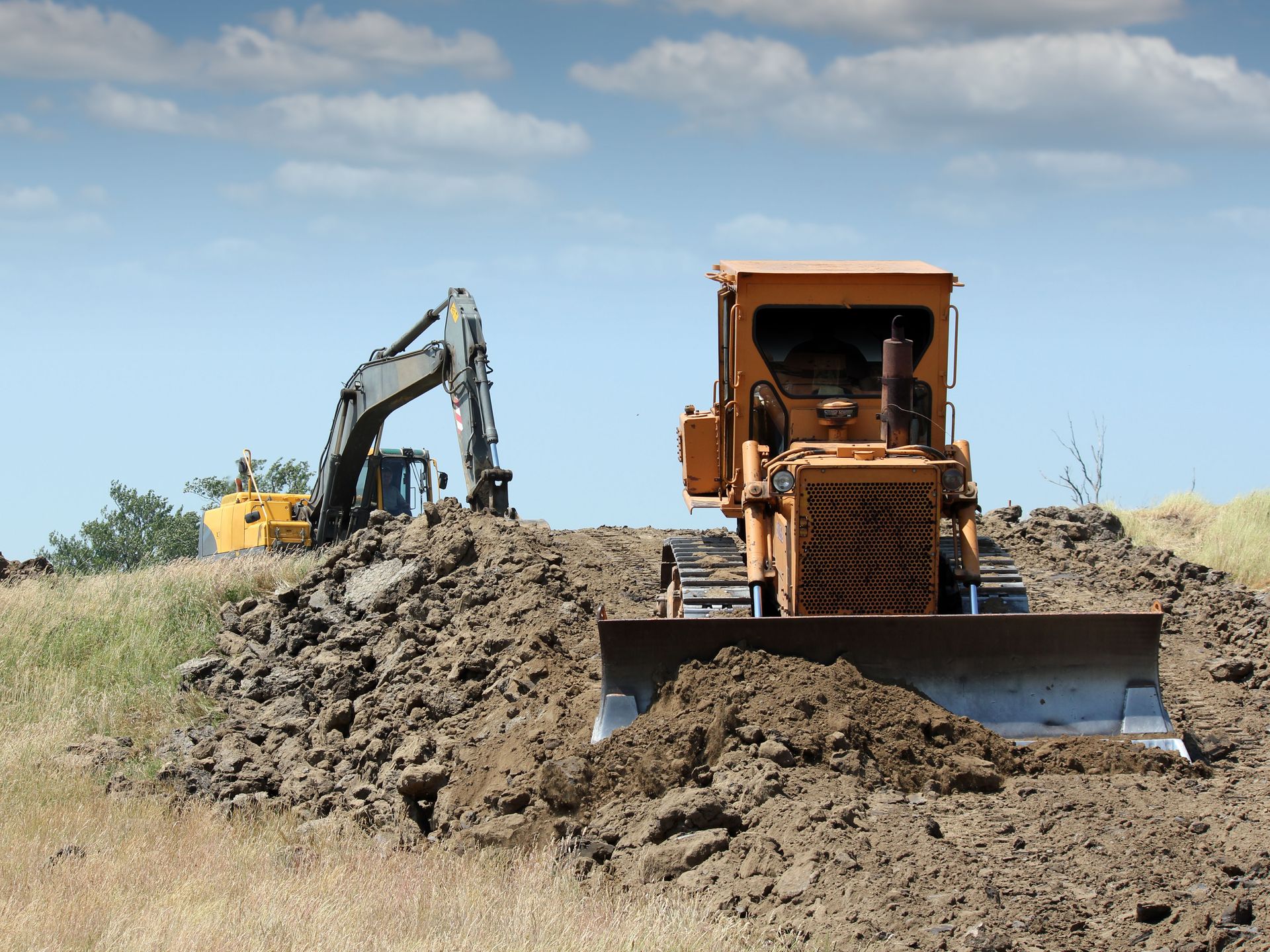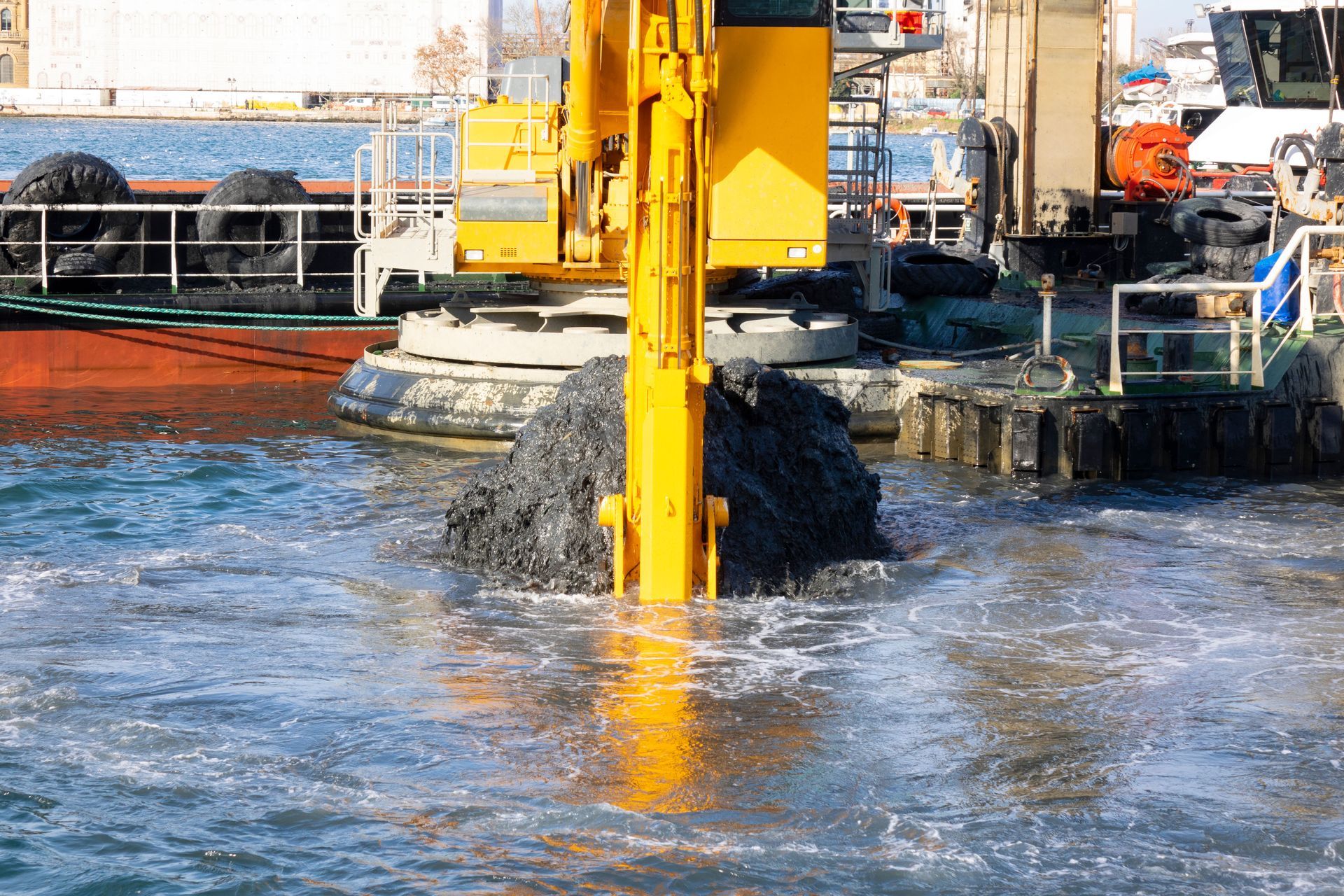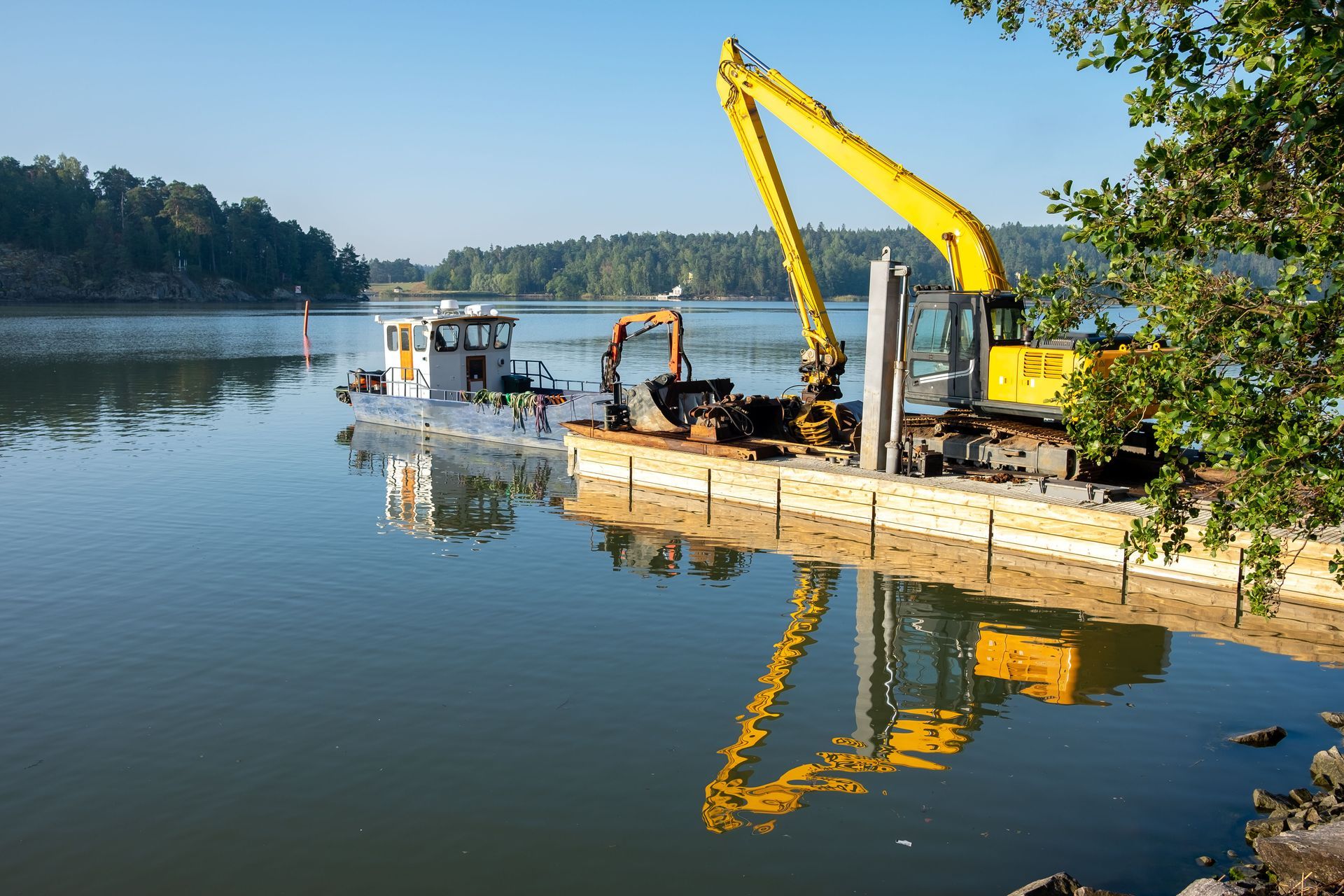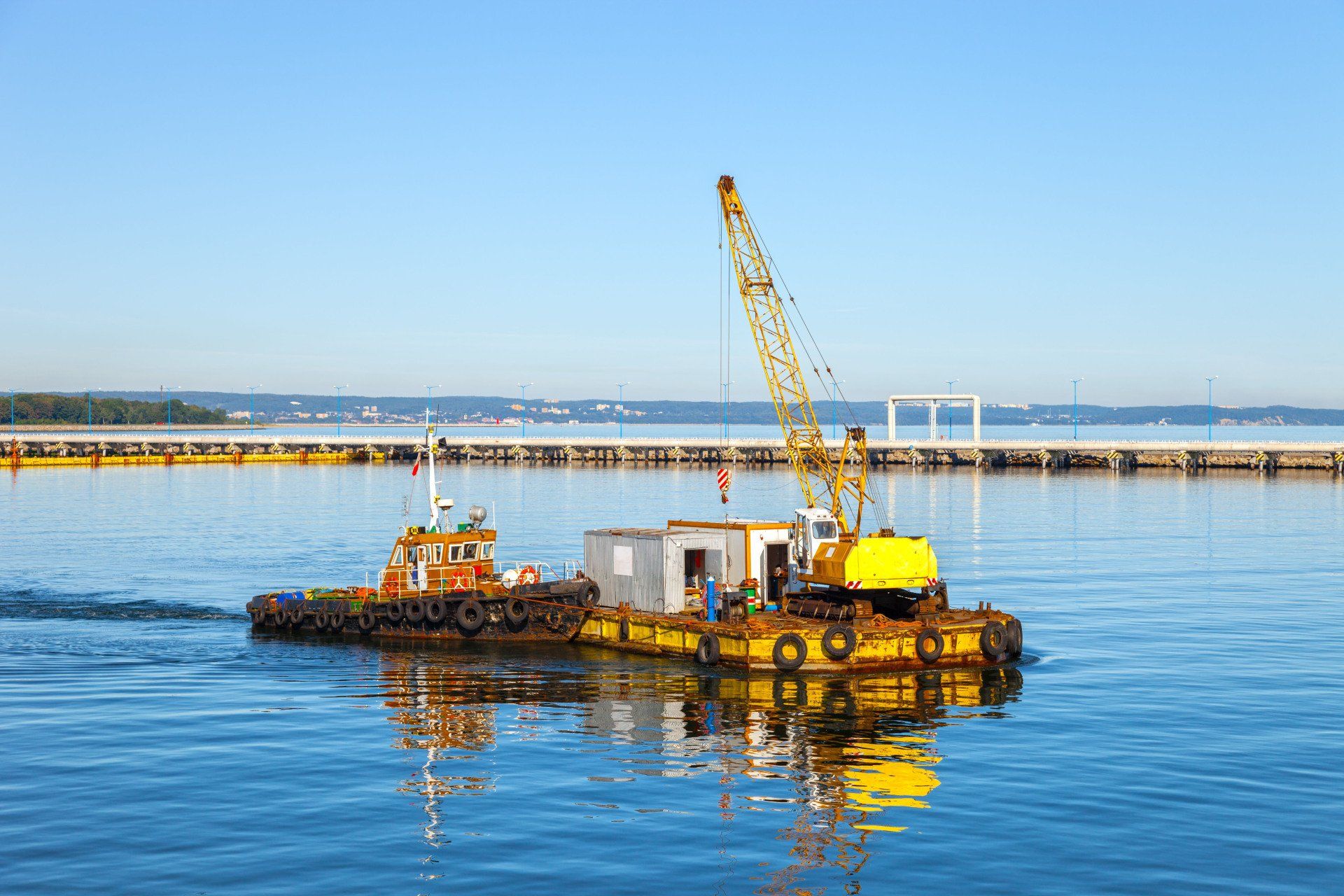Dredging is the process of scooping out, digging up, and disposing of sediments such as sand and gravel from the bottom of bodies of water. According to Market Research, it primarily serves five main purposes: keeping waterways and ports navigable, creating new ports, protecting coasts, reclaiming land, and harvesting sediments like sand and gravel. Why is dredging important? Read more to find out!
1. Navigation
One of the primary reasons why
sand and gravel dredging is necessary is to keep waterways and ports navigable. When sediment builds up in areas such as rivers, lakes, or estuaries, it can reduce the depth of these bodies of water and make them dangerous for boats to navigate. Dredging removes excess sediment to improve the flow of water, making it easier for boats to pass through.
2. Port Creation
Creating new ports is another key purpose of sand and gravel dredging. A country needs to build new ports to expand its transportation network. Professional dredging contractors are then hired to scoop out sediments from the bottom of the waters to create a channel for ships to enter and leave the port.
3. Coastal Protection
Besides navigation, dredging is also necessary to protect coasts from erosion. The process involves scooping out the sediment and relocating it to a different location to stabilize the coastline. This not only prevents coastal erosion, but also helps prevent flooding due to storm surges.
4. Land Reclamation
Sand and gravel dredging is a vital process for reclaiming land from water. The sediment is removed from the ocean, river, or lake bottom and deposited in another area to create new land. This process can be used for a variety of purposes like developing agricultural fields, creating residential areas, or building infrastructure.
5. Sediment Harvesting
Harvesting of sediments such as sand and gravel is another key purpose of dredging. Sand and gravel are commonly used in construction, landscaping, and other applications. These elements must be obtained from other sources when they're unavailable in the local area. Dredging helps harvest these resources from the bottom of bodies of water for these purposes.
Dredging is an important process with various applications. It preserves navigability, creates new ports, protects coasts from erosion, and more. If you need professional dredging services, contact United Dredging today.






Share On: